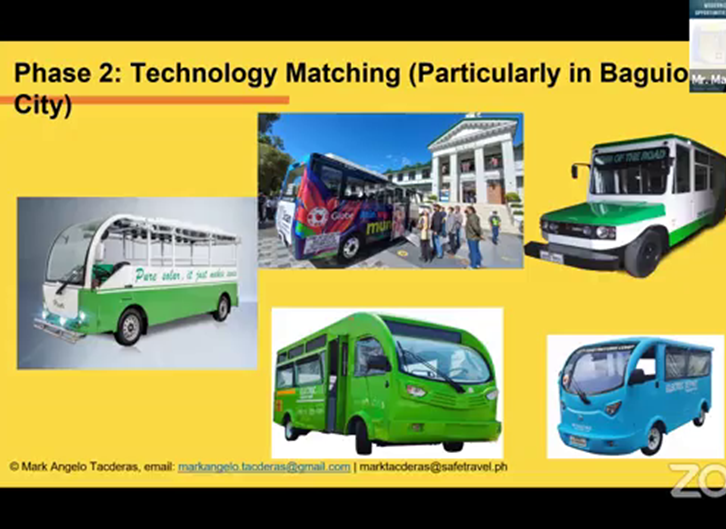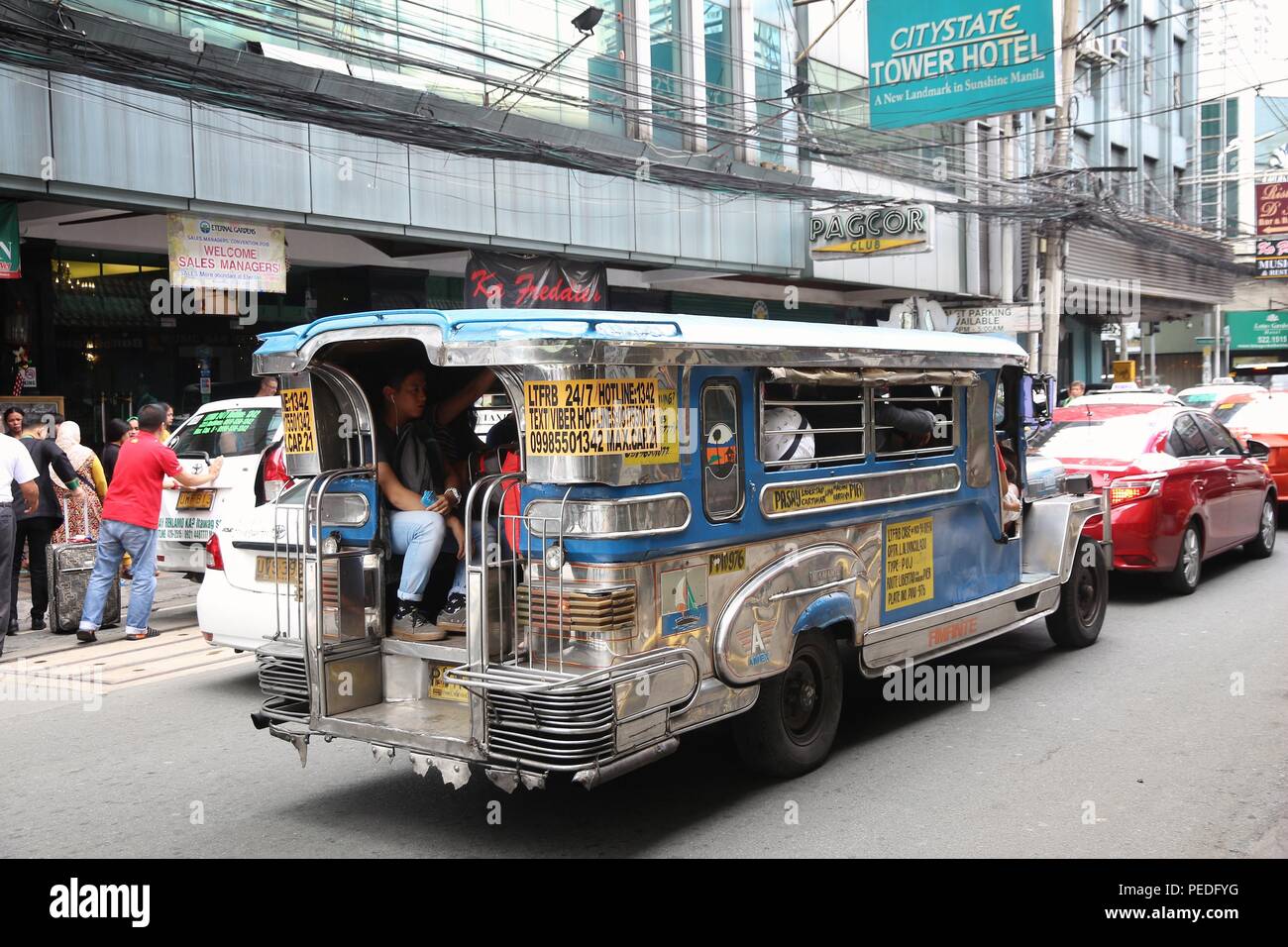How Transit Advertising Can Change Public Transport Spaces Into Dynamic Advertising And Marketing Platforms
Transit marketing holds considerable potential to redefine public transport rooms right into lively advertising and marketing platforms that engage and educate. As we discover the multifaceted advantages and advancing strategies of transportation advertising and marketing, it raises the concern of exactly how this makeover might redefine our interactions with both brands and the urban environment.
Advantages of Transportation Advertising And Marketing

In addition, transportation advertising is extremely affordable compared to typical media. It allows advertisers to attain high impressions at lower expenses, taking full advantage of return on financial investment. The captive audience of commuters provides a possibility for brands to convey their messages to people that are typically responsive during their traveling times.
Moreover, the dynamic nature of transit advertising and marketing permits projects to be updated regularly, guaranteeing that messaging stays appropriate and timely. This flexibility can be vital in replying to market patterns or promotional occasions, keeping the brand name top-of-mind for consumers. Finally, the prevalent presence of transit advertising adds to brand recall; repeated direct exposure within acquainted traveling contexts reinforces brand awareness and fosters consumer commitment, eventually boosting and driving sales brand name track record.
Kinds of Transportation Marketing
Mass transit systems provide numerous formats for advertising, each satisfying various marketing methods and audience engagement approaches. One prominent type is exterior bus and train covers, which cover the entire lorry and develop a mobile billboard effect, enabling for high exposure in urban settings. These wraps can record attention as they pass through hectic streets, getting to a diverse audience.
One more popular style is interior advertising and marketing, which consists of posters, electronic displays, and ads on transit seats. These positionings involve passengers throughout their journey, enhancing brand messaging in a restricted space. Digital presents, in particular, provide the benefit of dynamic material, making it possible for marketers to update messages in real-time.
Station advertising is additionally significant, including posters, banners, and interactive stands within transportation terminals. These ads leverage foot web traffic and can target specific demographics based upon location.
Last but not least, advertising collaborations with transportation authorities can result in special projects, such as themed transportation experiences or events, improving the overall engagement with commuters. Each sort of transit advertising and marketing offers distinct benefits, allowing brand names to tailor their method to successfully reach their target audience within the public transport ecological community.
Involving Travelers Successfully
Travelers are significantly inundated with marketing messages during their daily trips, making it important for brand names to engage them in innovative methods. To capture interest in this jampacked room, advertisers should focus on creativity and significance. Utilizing appealing visuals and succinct messaging can significantly boost the chance of interaction.
Interactive components, such as QR codes or increased truth attributes, can also transform check out this site fixed ads right into immersive experiences, promoting a deeper link with the target market. Brands must focus on dealing with travelers' requirements and passions, customizing messages to reverberate with their lifestyle, whether via promos for regional organizations or solutions created to boost their commuting experience.
Moreover, timing plays an important duty; tactically putting ads during height commuting hours can optimize exposure and check out this site influence. Engaging commuters properly also involves leveraging social media sites assimilation, allowing travelers to share their experiences or promos straight from transit systems, thereby amplifying brand name reach.
In essence, reliable interaction rests on recognizing the traveler journey and producing compelling, interactive, and appropriate marketing experiences that not only catch interest however also drive activity and commitment. By doing so, brands can change public transport into a dynamic advertising platform that reverberates with its audience.

Measuring Advertising And Marketing Effect
How can brands precisely analyze the efficiency of their ad campaign en route atmospheres? Measuring the effect of transit advertising and marketing requires a multifaceted strategy that combines quantitative and qualitative metrics. One prevalent technique is tracking involvement via mobile analytics, where brands can examine foot web traffic patterns and application communications before, throughout, and after campaigns.
Studies can provide beneficial understandings right into brand recall and customer view, permitting brand names to evaluate exactly how well their messages resonate with travelers. In addition, checking social media interaction associated to specific campaigns can expose shifts in public perception and brand discussion.

In addition, working together with transit companies can improve measurement precision, browse around this site as they commonly have thorough market data on ridership patterns. By incorporating these approaches, brands can establish an extensive understanding of their advertising and marketing performance, guaranteeing that their campaigns not just reach but also impact their target market efficiently.
Future Patterns en route Marketing
A considerable shift is anticipated in transportation advertising as technical advancements and transforming customer habits improve the landscape. Transit Advertising Philippines. The assimilation of interactive media and electronic displays is expected to enhance engagement, permitting brand names to provide vibrant material that resonates with varied audiences. As public transportation systems welcome wise modern technology, advertisers will utilize real-time information analytics to customize messages based upon guest demographics and behaviors
Additionally, enhanced reality (AR) is poised to change the means travelers interact with promotions. By giving immersive experiences, AR can transform an ordinary trip right into an interesting narrative that captures attention and fosters brand commitment. This development will likely encourage advertisers to develop even more experiential projects that drive customer communication.
Sustainability is one more important trend affecting transportation advertising. As ecological awareness grows, brand names will increasingly look for to straighten with environment-friendly methods, using lasting products and advertising environment-friendly efforts within their projects.
Conclusion
Finally, transportation advertising and marketing uses substantial advantages by boosting brand visibility and engaging a restricted target market. Through numerous layouts, such as outside wraps and digital screens, it transforms public transport into a dynamic marketing system. Effective engagement strategies and robust dimension techniques better intensify its influence. As trends progress, the possibility for ingenious interactions in between commuters and brand names is positioned to grow, making certain that transportation marketing continues to be a crucial component of contemporary advertising and marketing strategies.
Transportation advertising and marketing holds considerable possibility to redefine public transport rooms right into dynamic advertising platforms that involve and notify. The prevalent presence of transportation advertising adds to brand name recall; repeated direct exposure within familiar traveling contexts enhances brand name understanding and cultivates customer commitment, inevitably improving and driving sales brand name reputation.
Exactly how can brand names accurately analyze the performance of their advertising campaigns in transportation environments?In verdict, transit marketing provides considerable benefits by improving brand visibility and involving a captive target market. Transit Advertising Philippines. As trends develop, the capacity for innovative interactions in between commuters and brands is poised to expand, ensuring that transportation marketing stays a vital part of contemporary marketing techniques